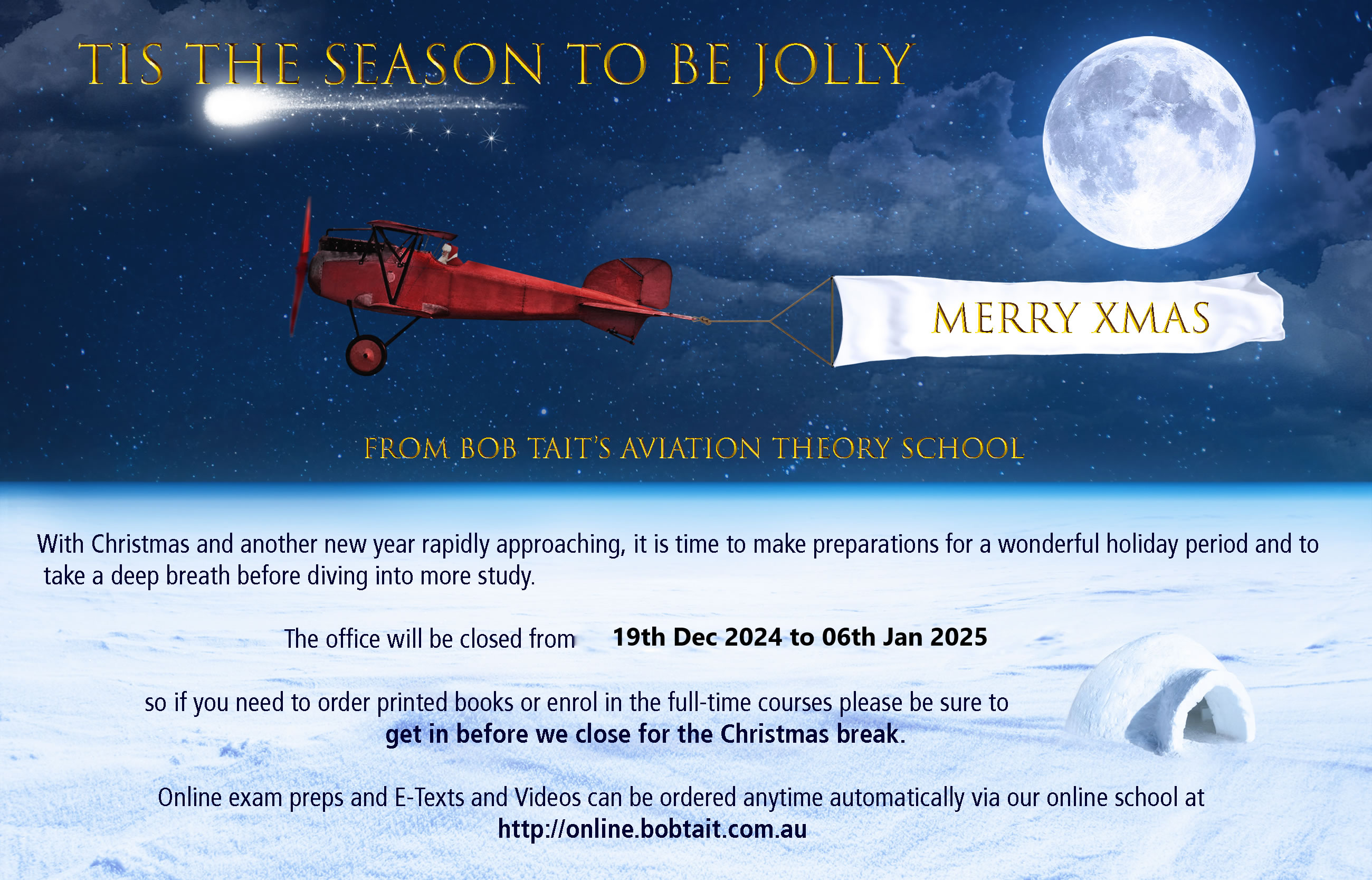Hi Spin.
Firstly, for the moment, forget about the numbers around the dial (N, 3, 6,E and so on) and just look at how many dgrees off the nose the head or tail is pointing.
See how this compares to the track/bearing you are intercepting. Use the HDG bug to mark your desired track on the DG if it has one to make it easier to visualize the comparison. When the two are about to line up (allowing for the turn and lag in the equipment) turn onto the heading you are going to use to track that bearing.
The way you intercept inbound, outbound, outbound to inbound, and inbound to outbound is pretty much the same as VOR, RMI, rotating card etc.
The rules to remember with this are only look at the top half of the instrument, and, Head down, Tail up. Meaning head of the needle needs to fall DOWN to the intercept and the tail needs to rise UP to the intercept.
Example: I'm tracking 090 outbound from the NDB and I now want to track 240 inbound and use a 30degree intercept.
The old rule of 'Outbound to Inbound, turn the long way around' means I need to turn left, and I will need to stop the turn at 270 for the 30degree intercept.
Now that we are on an intercept heading, the head of the ADF should pointing at about 15degrees left the nose and in a perfect position to drop to 30degrees.
All we need to do now is wait for the head to drop to near 30degrees and turn onto 240.
Usually I will be talking to myself about now as needle drops, "Heading 30deg off, ADF 15deg. still a bit to go.", 30 and 20...30 and 25, turn now." Turn onto your HDG bug, wait for it to settle and you should be pretty close.
Fix it as required and you're on your way.
If it has gone past the number of degrees you are planning to intercept e.g. 30degrees in this example, you have overshot past your tracking and the head of the needle will continue to fall.
For outbound intercepts, pretty much the same, except you want the tail to rise up to desired intercept angle.
Example: Tracking 240 outbound and now want to go 210 outbound with 45degree intercept.
Will need to turn past 210 to 195degrees. Use the little arrows or marks around the outside of the DG that are set at 45degree intervals. Quick than working it in my head.
The tail should be pointing at about 70-75degrees right of the nose. Perfect position to rise up to the 45degree marker.
Wiat....compare......wait some more......5 to go, turn, and there you go!
In the beginning, when I was training, I really struggled with the ADF. I practiced a lot on FS5 back in the day and became confident to the point where I prefer the fixed card ADF to the VOR and even this new fangled GPS thingy!
This technique served me well through all my NVFR training, IFR flying and IFR teaching and I hope this helps you with understanding how to make the fixed card work.
Practice on flightsim without wind for starters.
Would love to put in a few diagrams, but I'm not that good!
Let me know how you get on!
Cheers,
Mister W.



